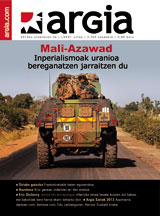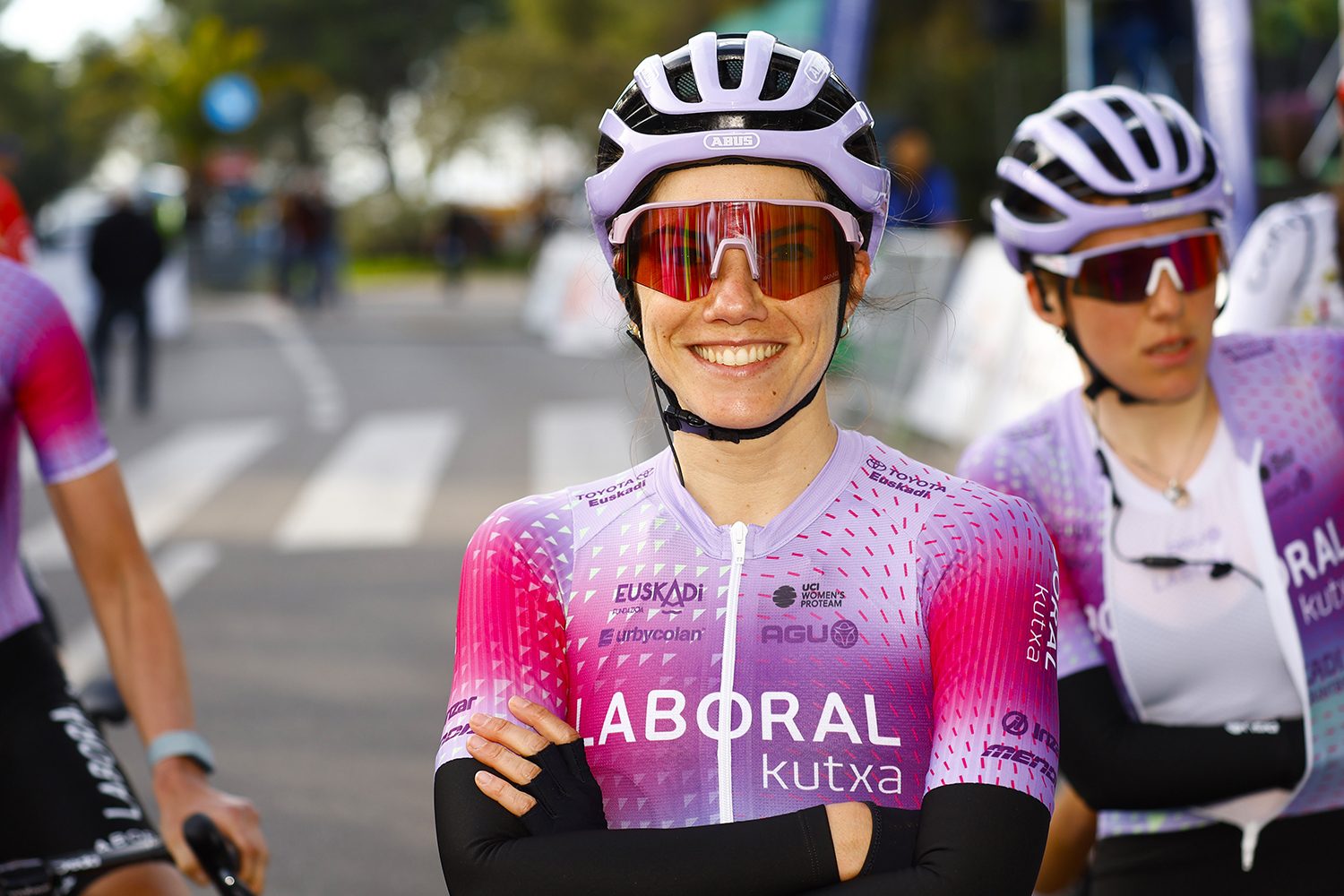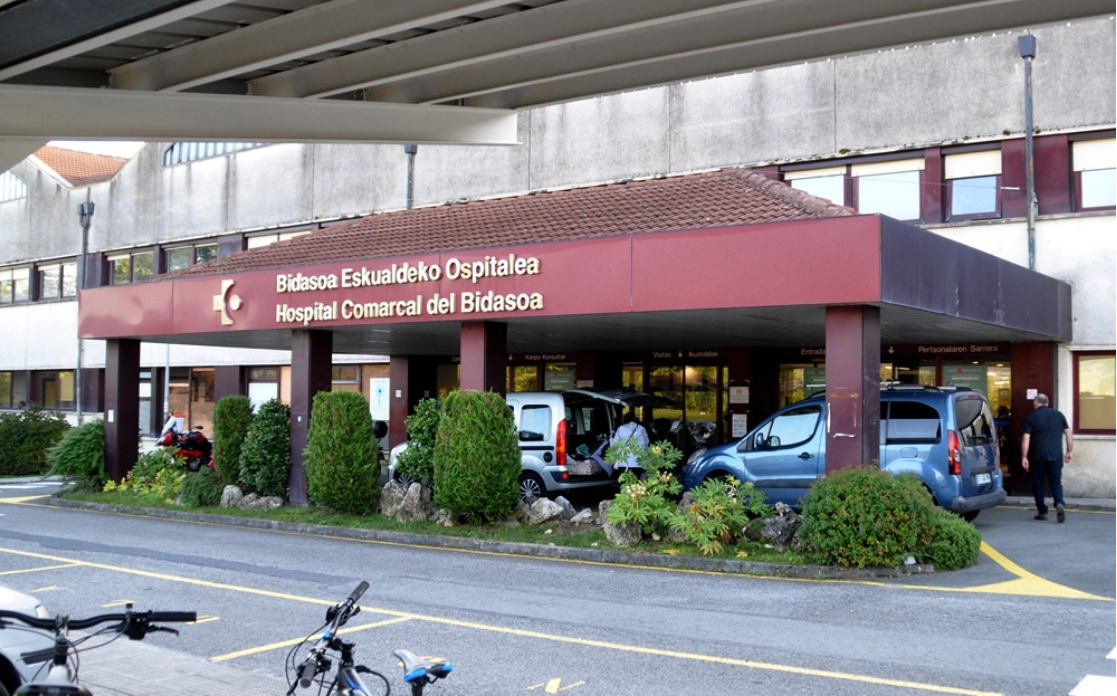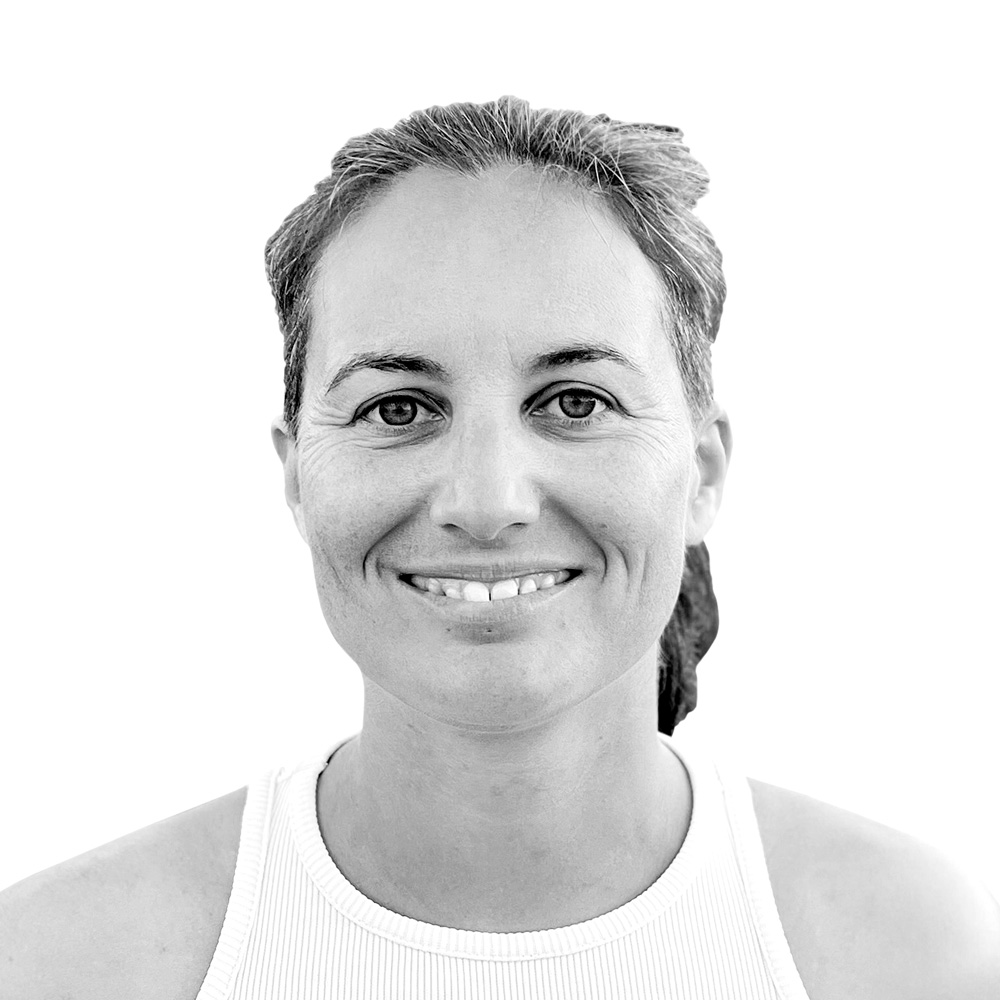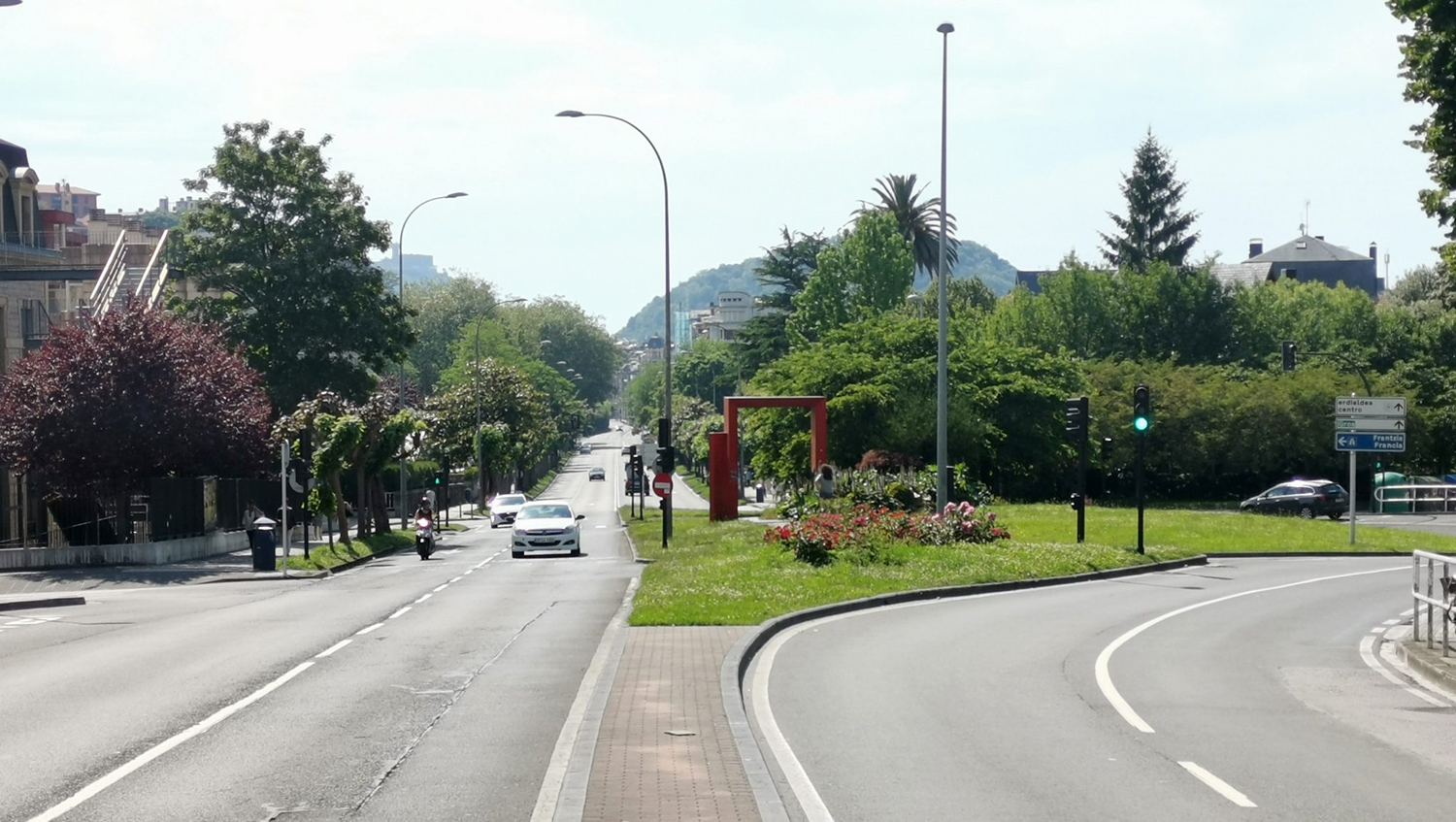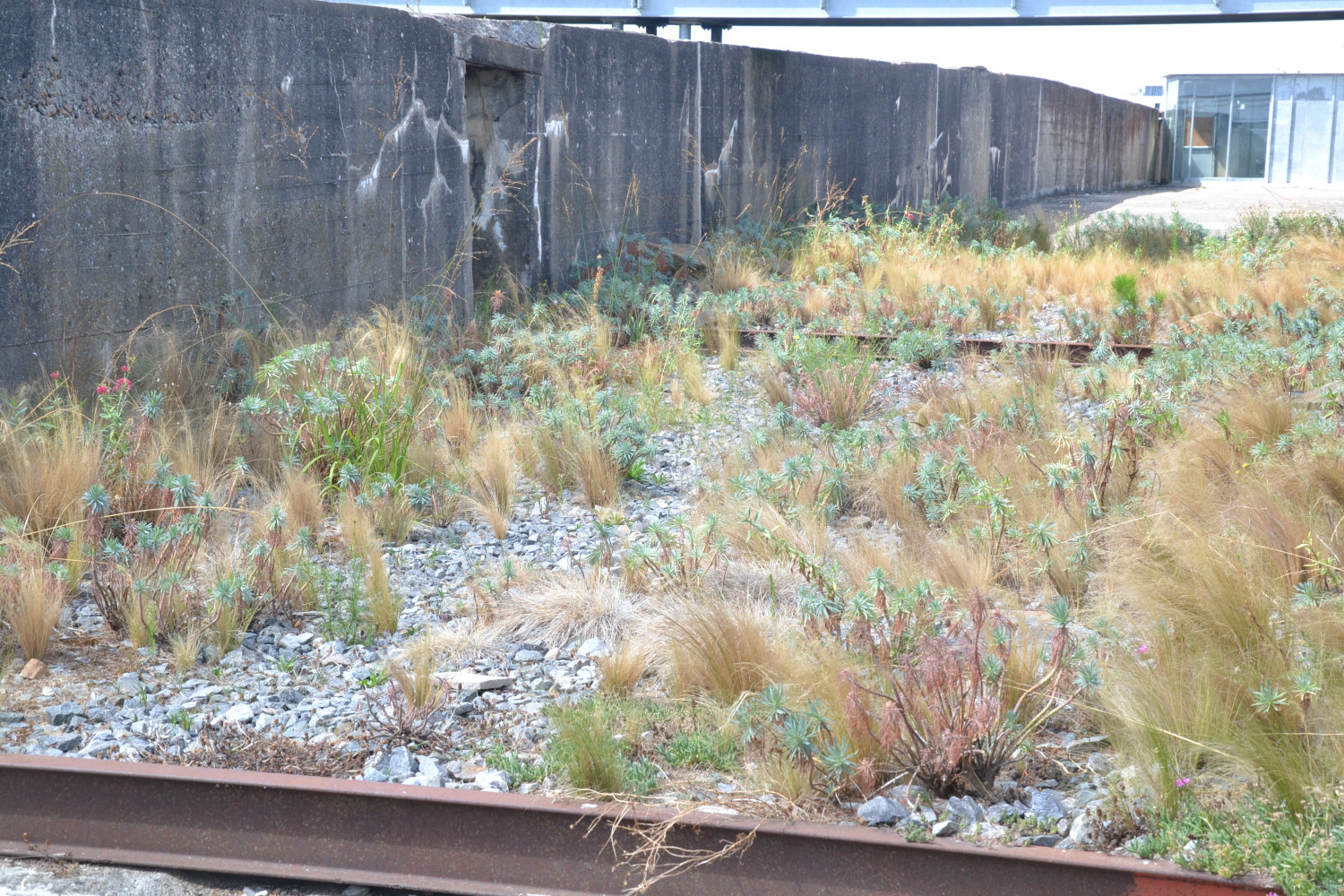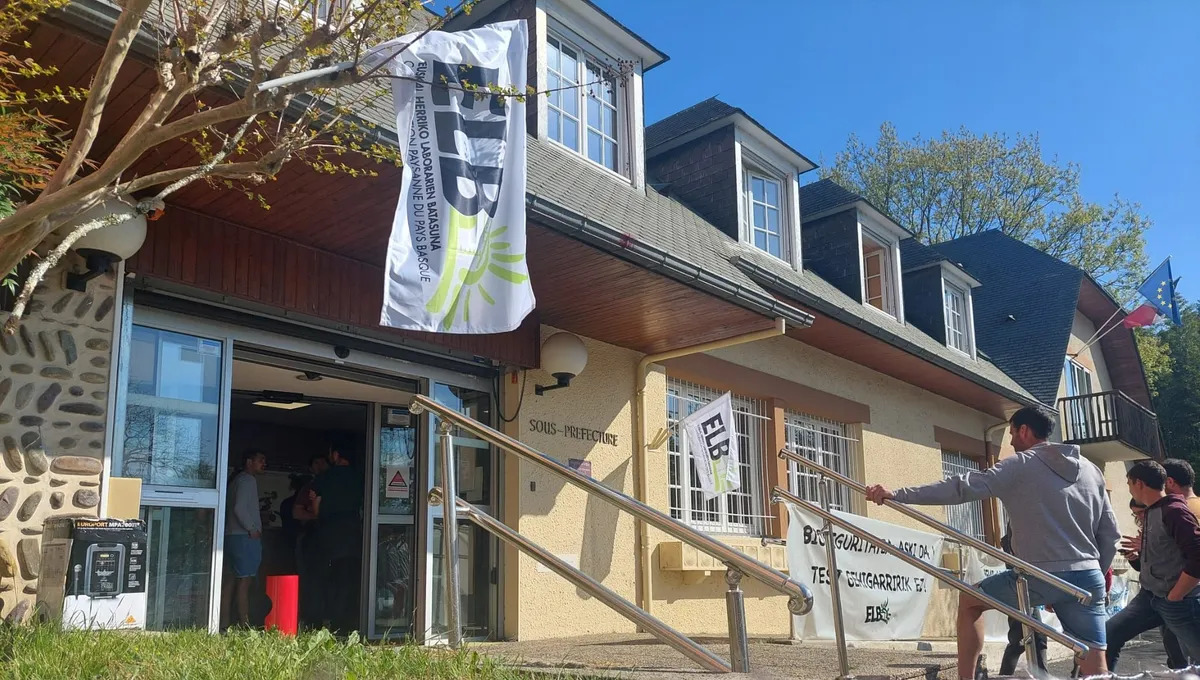Keys to the Finnish model
- The Finns are an example of teaching and in their mediators they usually get the best results in the world. These are the keys to the successful Finnish education system, taken from the interview that has been done to the subject expert, Xavier Melgarejo Eldiario.es.
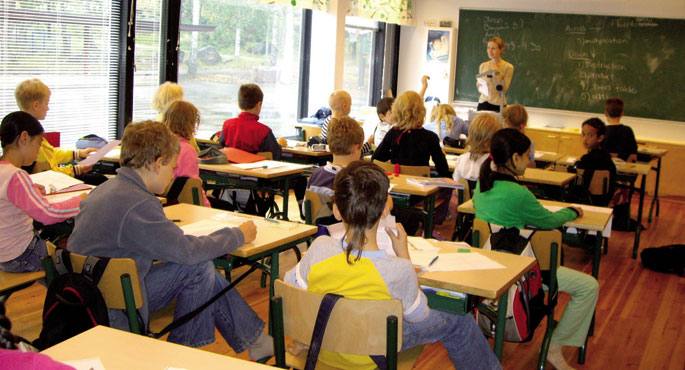
Selection of faculty. “In the Baccalaureate and the revalidated one asks for a grade higher than 9 in 10 for those who want to be teachers,” Melgarejo explains, but most importantly: “Each faculty does personal tests and interviews, and in addition to measuring performance, they measure the degree of sensitivity. If the student is very fast, he or she has never been in a free time group or, for example, has never been a volunteer in a support network for immigrants, surely they do not choose him or her”. In the Basque Country, the selectivity and the low are the access to the career, theoretical studies that measure only contents, without taking into account other values and characteristics that are necessary to be a professor.
Teacher training. On the Finnish Magisterium Route “they have much more credits. In addition, they must perform a tenacity and practice in high quality centers with the best teachers,” explains the expert. The practices, one of the important points, as in the round table we emphasize that the teaching studies are very theoretical. Beyond theoretical content, it is essential to train a teacher who is able to reflect on his/her work and thus be able to work on a daily basis, develop competencies and seek alternatives.
Social prestige. “The profession of teacher is highly valued. In Finland, it’s an honor to be a professor.” Here, on the other hand, they often suffer from social disrepute, especially in recent times, and above all from politicians (you who are a professor).
Political consensus. "Laws last a lot longer, because they have to be passed by two-thirds of Parliament. They're played about every 30 years. If there is no state agreement, education is in crisis, because teachers are confused.” In our country, there is no minimum agreement between parties and we suffer the result: the party that comes to the government does so at will each time.
Customized. “There are 15 or 16 children per classroom. And when a student has serious problems, like autism, there's only 10 in class, and also that student has special help. If they see that a child has difficulties, they allocate all the resources: speech therapists, specialized psychologists…”. The Minister of Education, José Ignacio Wert, presented last year the measure to increase by 20% the number of boys and girls in the State classrooms.
Decentralized. “In Finland, decentralisation is very large: 90% of the curriculum is organised at the municipal level. They consider that the person who has to adapt the contents should be the person closest to the community. But for that you have to prepare teachers to be able to create content. And you must trust them. In Finland there are no visions.” The centralizing approach of the education of the Spanish and French states is different and at the level of the Basque Country, the educational centers demand greater autonomy to organize their contents.
Comprehensive reading. “For the Finns it is a fundamental pillar, and in that the family helps a lot. Everyone reads at home. It's the country in the world with the most books and libraries per capita, and 80 percent of families are going to read it once a week. All communities drive boys and girls to read. For example, cartoons also have subtitles on TV (…) Contrary to what many current currents say, Finns think that for neurological reasons reading and writing with age entering school, at 7 years old, is better learned. And by the age of 9, they are already the first in the world to read comprehensively” (Estitxu Eizagirre wrote about comprehensive reading in ARGIA).
Open and involved community. “Finnish is a learning community: all centers are public and open up to the community, they are at the service of it. Parents can participate, receive training, organize after-school activities… School doors are open. Here, on the other hand, the doors are closed.”
State aid. “The aid they have there is incomparable. In Finland there are no dining scholarships because everyone can eat at school and the Social Welfare Department pays it. School supplies and books are also free.” And in order to obtain the resources mentioned in the section of personalized teaching, it is essential to obtain grants.
The article is taken from the blog Jendartean.
Sare sozialetako argitalpen baten bidez, otsailaren 23an, Ane Santesteban txirrindulariak (Errenteria, Gipuzkoa, 1990) endometriosia daukala iragarri zuen. Diagnostikoak lagundu egin dio ulertzen zergatik batzuetan gaizki sentitzen den bizikletan: “Kisteak aldaka okertzea... [+]
The pandemic has revealed, in all its crudeness, the consequences of the neoliberal model of care for the elderly, children and the dependent population. Now is the time to consolidate the critical discourses and community alternatives that flourished during the lockdown.”... [+]
You may not know who Donald Berwick is, or why I mention him in the title of the article. The same is true, it is evident, for most of those who are participating in the current Health Pact. They don’t know what Berwick’s Triple Objective is, much less the Quadruple... [+]









